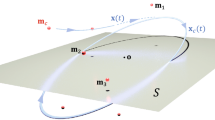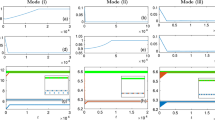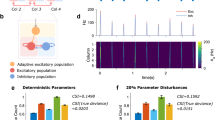Abstract
Synapse strength can be modified in an activity dependent manner, in which the temporal relationship between pre- and post-synaptic spikes plays a major role. This spike timing dependent plasticity (STDP) has profound implications in neural coding, computation and functionality, and this line of research is booming in recent years. Many functional roles of STDP have been put forward. Because the STDP learning curve is strongly nonlinear, initial state may have great impacts on the eventual state of the system. However, this feature has not been explored before. This paper proposes two possible functional roles of STDP by considering the influence of initial state in modeling studies. First, STDP could lead to phase-dependent synaptic modification that have been reported in experiments. Second, rather than leading to a fixed phase relation between pre- and post-synaptic neurons, STDP that includes suppression between the effects of spike pairs lead to a distributed entrained phase which also depend on the initial relative phase. This simple mechanism is proposed here to have the ability to organize temporal firing pattern into dynamic cell assemblies in a probabilistic manner and cause cell assemblies to update in a deterministic manner. It has been demonstrated that olfactory system in locust, and even other sensory systems, adopts the strategy of combining probabilistic cell assemblies with their deterministic update to encode information. These results suggest that STDP rule is a potentially powerful mechanism by which higher network functions emerge.
Similar content being viewed by others
Article PDF
Author information
Authors and Affiliations
Corresponding author
Rights and permissions
About this article
Cite this article
Zhao, G. Synaptic modification and entrained phase are phase dependent in STDP. Nat Prec (2008). https://doi.org/10.1038/npre.2008.1921.1
Received:
Accepted:
Published:
DOI: https://doi.org/10.1038/npre.2008.1921.1



